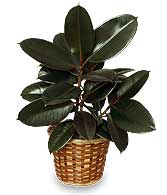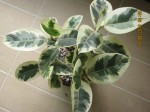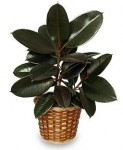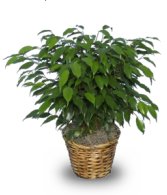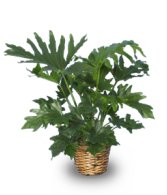Every home, office, or public space is going to have toxins in the air. The problem is figuring out how to remove these toxins in a cost-effective way. If you’re looking to create a healthier space the best way to naturally remove harmful pollutants is through the use of air purifying plants. NASA conducted a Clean Air study and found that these three plants are proven to be indoor air cleaners, making the place you live and work healthier.
English Ivy
The English Ivy’s thick foliage is excellent at removing formaldehyde from the air. WebMD describes this plant as a “fix for allergies” because it is proven to remove 60% of airborne mold from a room in just six hours. The English Ivy is also becoming very popular among pet-lovers because it reduces airborne fecal matter particles.


 Find Your
Find Your 